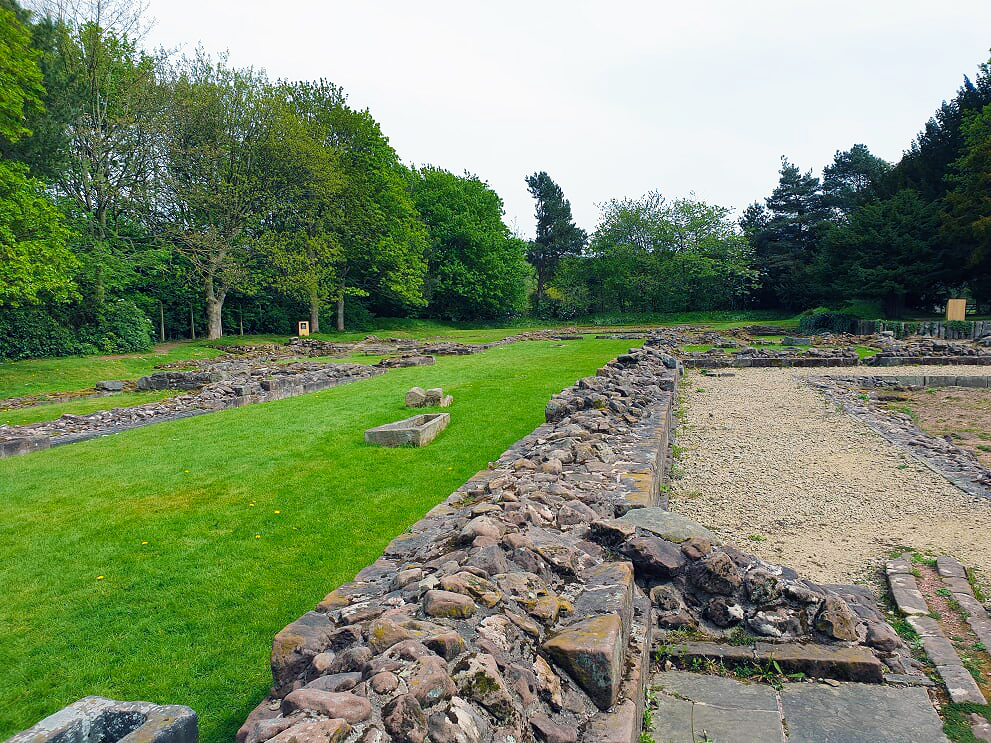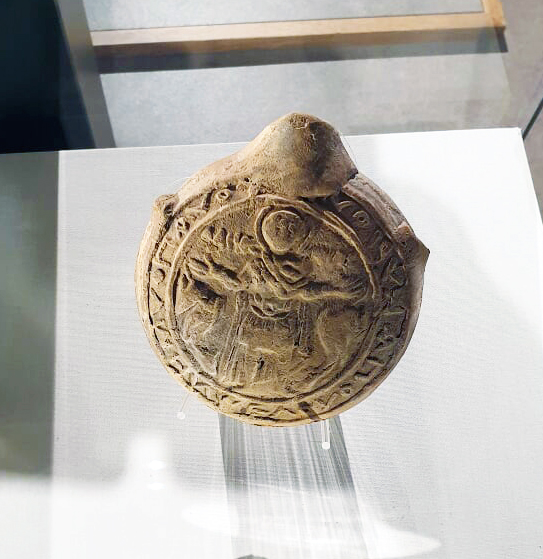
Norton Priory is just 15 miles from the Coptic Orthodox Church of St Mary and St Cyril IV in Liverpool. Perhaps it remains unknown to many people. Just one of hundreds of ruined monastery sites in England. In the County of Cheshire alone there were once more than 30 monasteries. There were many hundreds across England and Wales, so that the landscape was dotted with communities of monks and nuns. Each one was swept away in the Protestant revolution. Norton Priory was one of these. Once an active monastic house following the rule of Augustine of Hippo.
The history of Norton Priory is similar to that of many other monasteries in the British Isles. It was established in 1115 but in 1536 it had been seized by the officers of King Henry VIII, and was quickly stripped of the lead from its roof, and the monastery and church were left uninhabitable. The Museum on the site provides a detailed account of the history of the monastery, and then of the family who purchased the land and property and converted much of it into a country house, while demolishing the church.
It is well worth a visit, as the visitor centre is of a high quality, and the grounds are peaceful and prayerful. I always find it both inspiring and frustrating to visit such a monastic site and find myself in a continuity of spirituality with those who prayed and worshipped there, but also to know that in a single generation the entire monastic spiritual heritage and culture of the British Isles was lost and caused irreparable harm. At Norton Priory it is possible to wander around the well described ruins of the Church and monastery, but also through the grounds to a later walled garden built by one of the families who came to own the site.
But this is not why Coptic Orthodox Christians should visit Norton Priory. Rather, it is because in the museum on site, there is an important and visible reminder of the ancient connections between Britain and Egypt. The monastery houses a collection of pilgrim tokens, and among them is a pilgrim flask from the monastery and shrine of St Mena in Egypt. It can easily be recognised by the figure of St Mena with his two camels. It was excavated in the area around Norton Priory and Runcorn. Another pilgrim flask from the monastery of St Mena in Egypt was found a few miles away at Meols on the Wirral where there was once an ancient trading port which received and sent ships as far as Egypt and the Eastern Mediterranean.

This is a tangible connection with Egypt and the Coptic Orthodox Church in ancient times. Someone had brought this from Egypt. Either a Coptic Orthodox Christian visiting Britain to trade other goods, Or a British Christian had visited Egypt himself and venerated St Mena at his shrine before returning to Britain. These flasks were produced between the 4th and 7th centuries, after which period travel became more difficult in Egypt because of the Islamic conquest. This was a period in which the Christians of Britain were also Orthodox and Catholic in their faith and practice.
Who was this traveller, this pilgrim, who had visited Egypt. Perhaps his distant descendants still live in this area, and now have the opportunity of visiting a Coptic Orthodox Church in Liverpool themselves, where Pope St Cyril, the great friend of St Mena is honoured.
All around us in the British Isles, there are such holy places, reminding us of holy people, who lived and prayed and worshipped where we now live. As Coptic Orthodox Christians who have made a home here in the British Isles, and as British people who have made a home in the Coptic Orthodox Church, these holy people and holy places of the British Isles must become known to us, and valued by us, if we wish to be blessed by the prayers and intercessions of the saints of these lands, and by God who glorifies himself in them.
